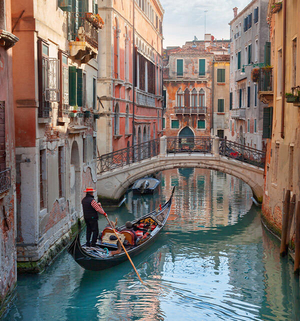Smyrna Agora Archaeological Site Skip-the-Ticket-Line Ticket
Smyrna Agora Archaeological Site Skip-the-Ticket-Line Ticket
Non Refundable Reservation
Skip the Ticket Lines
Customer Support
Discover the Smyrna Agora, an ancient hub of commerce and culture in İzmir. Explore its well-preserved basilica, western stoa, Faustina Gate, and remarkable Roman graffiti, reflecting a rich historical legacy.
About this activity
Duration
Flexible
Highlights
- Discover the commercial and social center of ancient Smyrna.
- Explore the largest known Roman basilica with its impressive architectural features.
- View extensive Roman-era graffiti that offers insights into daily life and early Christianity.
- Admire the gate featuring a portrait of Faustina, wife of Emperor Marcus Aurelius.
- Walk through the remains of the colonnaded galleries.
Description
Includes
- Smyrna Agora Archaeological Site Entrance Ticket
Excludes
- Hotel Transfer
How It Works
- Opening Hours: 08:30 - 19:00 daily
- Location: Namazgah, Tarık Sarı Sk. No:29, 35240 Konak/İzmir
- Next-Day Purchase: If your purchase is for tomorrow, your ticket will be sent to you by early morning.
- Future Date Purchase: If your purchase is for a future date, since tickets have expiration dates, you will receive them the day before your service date.
- Your tickets are valid throughout the opening hours.
Select Service Date
Select Service Time
Select your option
Can be booked for up to per booking
Cancellation policy:
- Non-refundable
Selected
Select Persons
Total Price
TRY0.00
Write Your Review
Error Message
Message
© 2025, MegaPass










The Smyrna Agora Archaeological Site, located on Pagos (Kadifekale) Hill, reflects the vibrant commercial, political, and social life of ancient Smyrna. Established in the 4th century BC, it served as the state agora and was reconstructed after an earthquake in 178 AD under Emperor Marcus Aurelius. The site includes the largest known Roman basilica, featuring vaulted corridors and monumental doors, used as a courthouse and marketplace. Roman-era graffiti on the basilica walls provide a glimpse into daily life and early Christianity. The western stoa, with its colonnaded galleries, and the Faustina Gate, adorned with a portrait of Emperor Marcus Aurelius’s wife, highlight the agora’s architectural splendor. This bustling hub connected Smyrna’s seaport to Anatolia and remains a testament to the city's historical significance.